Filter by
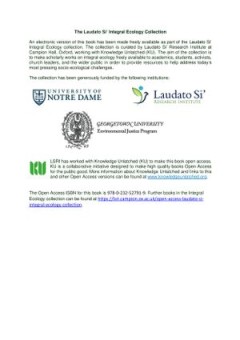
Bible and Ecology Rediscovering the Community of Creation
In this well-argued and timely book, Bauckham considers the relationship of humans to the rest of creation.He argues that there is much more to the Bible’s understanding of this relationship than the mandate of human dominion given in Genesis 1, which has too often been used as a justification for domination and exploitation of the earth’s resources. He also critiques the notion of stewards…
- Edition
- -
- ISBN/ISSN
- 9780232527919
- Collation
- -
- Series Title
- -
- Call Number
- -
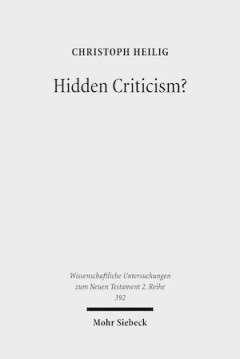
Hidden Criticism? The Methodology and Plausibility of the Search for a Count…
Is there a counter-imperial message beneath the surface of the text in Paul? Christoph Heilig analyzes the letters of the apostle and concludes that the hypothesis that we can identify critical »echoes« of the Roman Empire in Paul's letters needs to be modified for it to be maintained.
- Edition
- -
- ISBN/ISSN
- 9783161537950
- Collation
- -
- Series Title
- -
- Call Number
- -
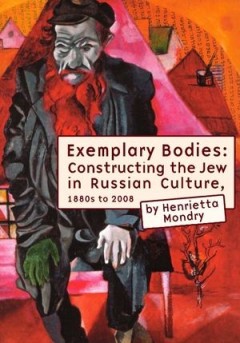
Exemplary Bodies Constructing the Jew in Russian Culture, 1880s to 2008
Exemplary Bodies: Constructing the Jew in Russian Culture, 1880s to 2008 explores the construction of the Jew’s physical and ontological body in Russian culture as represented in literature, film, and non-literary texts from the 1880s to the present. With the rise of the dominance of biological and racialist discourse in the 1880s, the depiction of Jewish characters in Russian literary and cu…
- Edition
- -
- ISBN/ISSN
- 9781934843390
- Collation
- -
- Series Title
- -
- Call Number
- -

Pyrrhonian Skepticism in Diogenes Laertius
This volume offers the first bilingual edition of a major text in the history of epistemology, Diogenes Laertius's report on Pyrrho and Timon in his Lives of Eminent Philosophers. Leading experts contribute a philosophical introduction, translation, commentary, and scholarly essays on the nature of Diogenes's report as well as core questions in recent research on skepticism.
- Edition
- -
- ISBN/ISSN
- 9783161533365
- Collation
- -
- Series Title
- -
- Call Number
- -
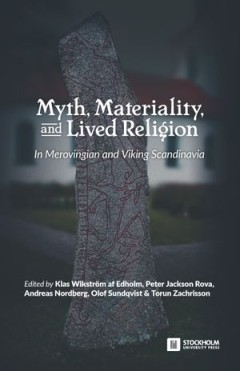
Myth, Materiality, and Lived Religion
"The authors of the present volume, Myth, Materiality, and Lived Religion, focus on the material dimension of Old Norse mythology and the role played by myths in everyday life. More broadly expressed, the collection looks at the social, ceremonial and material contexts of myths. This topic has been underexplored in previous research on Old Norse myths, despite its important theoretical implicat…
- Edition
- -
- ISBN/ISSN
- 9789176350966
- Collation
- -
- Series Title
- -
- Call Number
- -
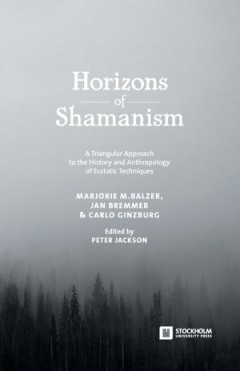
Horizons of Shamanism a Triangular Approach To The History and Anthropology …
The multifarious and sometimes contested concept of “shamanism” has aroused intense popular and scholarly interest since its initial coinage by the Russian scholar V. M. Mikhailovsky in the late 19th century. In this book, three leading scholars, representing different branches of the humanities, dwell on the current status of shamanic practices and conceptions of the soul, both as ‘etic�…
- Edition
- -
- ISBN/ISSN
- 9789176350270
- Collation
- -
- Series Title
- -
- Call Number
- -

Archaeological Research in Estonia 1865–2005
This volume is dedicated to the historiography and analysis of the present state of Estonian archaeology. Part I (articles by Valter Lang and Marge Konsa) provides a review of the general development of archaeological research in Estonia from the 19th century to the beginning of the 21st century, focusing on institutional changes and advances in theoretical thinking and approaches. Part II incl…
- Edition
- -
- ISBN/ISSN
- 9789949112333
- Collation
- -
- Series Title
- -
- Call Number
- -
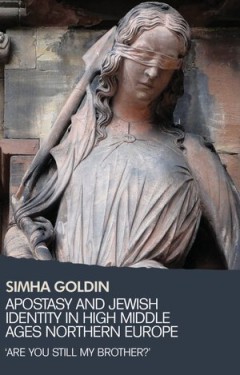
Apostasy and Jewish identity in High Middle Ages Northern Europe 'Are You St…
The attitude of Jews living in the medieval Christian world to Jews who converted to Christianity or to Christians seeking to join the Jewish faith reflects the central traits that make up Jewish self-identification. The Jews saw themselves as a unique group chosen by God, who expected them to play a specific and unique role in the world. This study researches fully for the first time the vario…
- Edition
- -
- ISBN/ISSN
- 9780719095771
- Collation
- -
- Series Title
- -
- Call Number
- -

Christianity, Book-Burning and Censorship in Late Antiquity Studies in Text …
It is estimated that only a small fraction, less than 1 per cent, of ancient literature has survived to the present day. The role of Christian authorities in the active suppression and destruction of books in Late Antiquity has received surprisingly little sustained consideration by academics. In an approach that presents evidence for the role played by Christian institutions, writers and saint…
- Edition
- -
- ISBN/ISSN
- 9783110484458
- Collation
- -
- Series Title
- -
- Call Number
- -

Raw Life, New Hope: Decency, Housing and Everyday Life in a Post-Apartheid Co…
The Cape Flats, a windswept, barren and sandy area which rings Cape Town, is home to more than a million people. Many live here in sprawling shack settlements. The post-apartheid state is attempting to eradicate such settlements by providing formal houses in planned residential estates. Raw Life, New Hope is a longitudinal study of the residents of one such shack settlement, The Park, who moved…
- Edition
- -
- ISBN/ISSN
- 9781919895277
- Collation
- -
- Series Title
- -
- Call Number
- 301 ROS r
 Computer Science, Information & General Works
Computer Science, Information & General Works  Philosophy & Psychology
Philosophy & Psychology  Religion
Religion  Social Sciences
Social Sciences  Language
Language  Pure Science
Pure Science  Applied Sciences
Applied Sciences  Art & Recreation
Art & Recreation  Literature
Literature  History & Geography
History & Geography